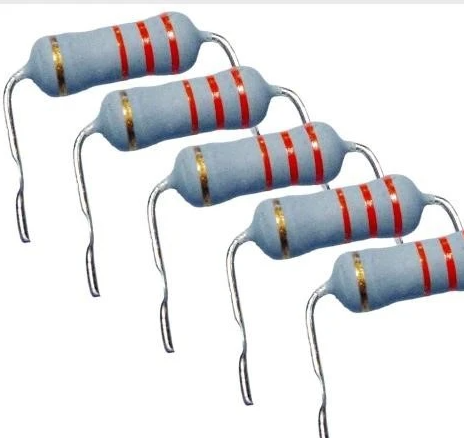In modern electronic technology, photoresistors are increasingly used and have become an indispensable component of many high-precision photoelectric control systems. This article aims to provide an in-depth discussion of the working principle, manufacturing materials, structural design of photoresistors, and their key role in photoelectric conversion.
Photoresistor, also known as light pipe, is an optoelectronic component that works based on the internal photoelectric effect. The core of this component is semiconductor materials, such as metal sulfide, selenide and telluride. The selection of these materials is related to the performance of the photoresistor, which has a direct impact on the response sensitivity to light, stability and applicable spectral range. During the manufacturing process, a thin photoresistor body and its comb-shaped ohmic electrode are formed on an insulating substrate through coating, spraying, sintering and other techniques, and then the leads are connected and packaged in a light-transmitting sealed case. To ensure that it can maintain a high degree of sensitivity in humid environments.

The working principle of a photoresistor is based on its characteristic that its resistance changes under the action of light. In an environment without light, the resistance value of the photoresistor is extremely high. When it is exposed to light, if the energy of the photons exceeds the bandgap width of the semiconductor material, the electrons in the valence band can absorb the energy of these photons. Thereby transitioning to the conduction band and leaving a positively charged hole in the valence band. This process increases the number of carriers in the semiconductor, causing the resistivity to decrease and thus the resistance of the photoresistor to decrease. The stronger the light, the more the resistance decreases. When the light is stopped, the recombination of electrons and holes will gradually return the resistance of the photoresistor to its original state.
Through an in-depth analysis of the working principle, material manufacturing and structural design of photoresistors, we can see that photoresistors not only have a high degree of technical flexibility and wide application, but also reflect innovative thinking in the design of electronic components. . In future optoelectronic control systems, photoresistor will continue to play an important role, laying a solid foundation for achieving higher precision and a wider range of applications.
